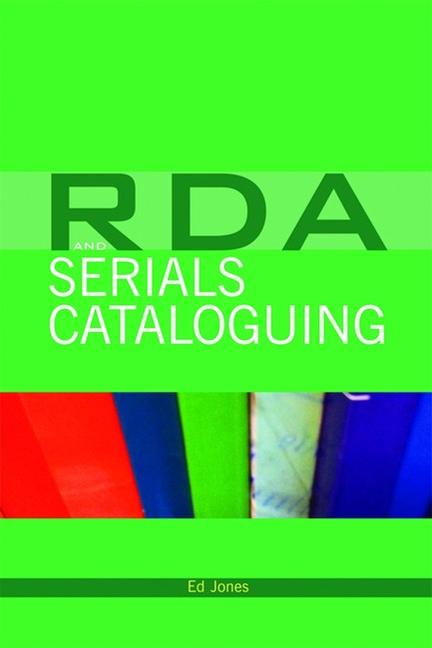Practical CataloguingAACR RDA and MARC21
This essential new textbook provides cataloguers with the skills needed for transition to Resource Description and Access (RDA). The book builds on John Bowman's highly regarded Essential Cataloguing and gives an introduction to Functional Requirements for Bibliographic Records (FRBR) which provides the conceptual basis for RDA; discusses the differences between AACR2 and RDA; and shows the current state of play in MARC 21. Key topics are: introduction to catalogues and cataloguing standards the FRBRization of the catalogue bibliographic elements access points and headings RDA: the new standard its development structure and features AACR and RDA: the similarities and differences between the two standards the MARC21 record bringing it all together the birth of RDA and the death of MARC. The final chapter includes ten records displayed in AACR2 level 1 AACR2 level 2 RDA and MARC 21 making it easy to see the differences at a glance. There is also a fully explained worked example based on RDA Appendix M. Readership: Written at a time of transition in international cataloguing this book provides cataloguers and students with a background in general cataloguing principles the current code (AACR2) and format (MARC 21) and the new standard (RDA). The contextual chapters provide library managers with an up-to-date overview of the development of RDA in order to equip them to make the transition. The book will be essential reading for students of library and information studies and practising library and information professionals in all sectors. It will also be of great interest to the archives sector.













